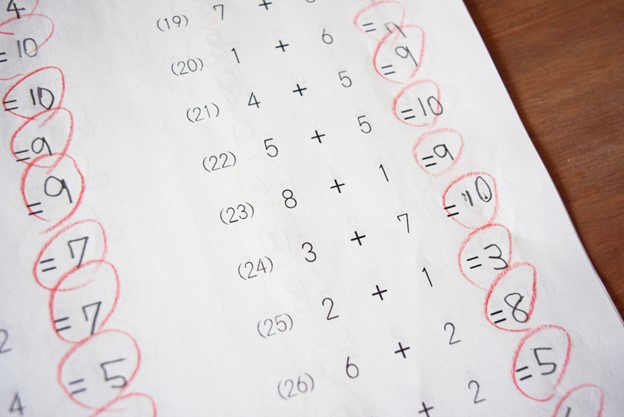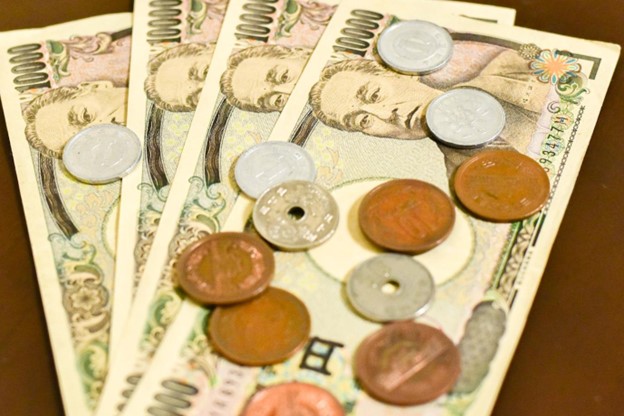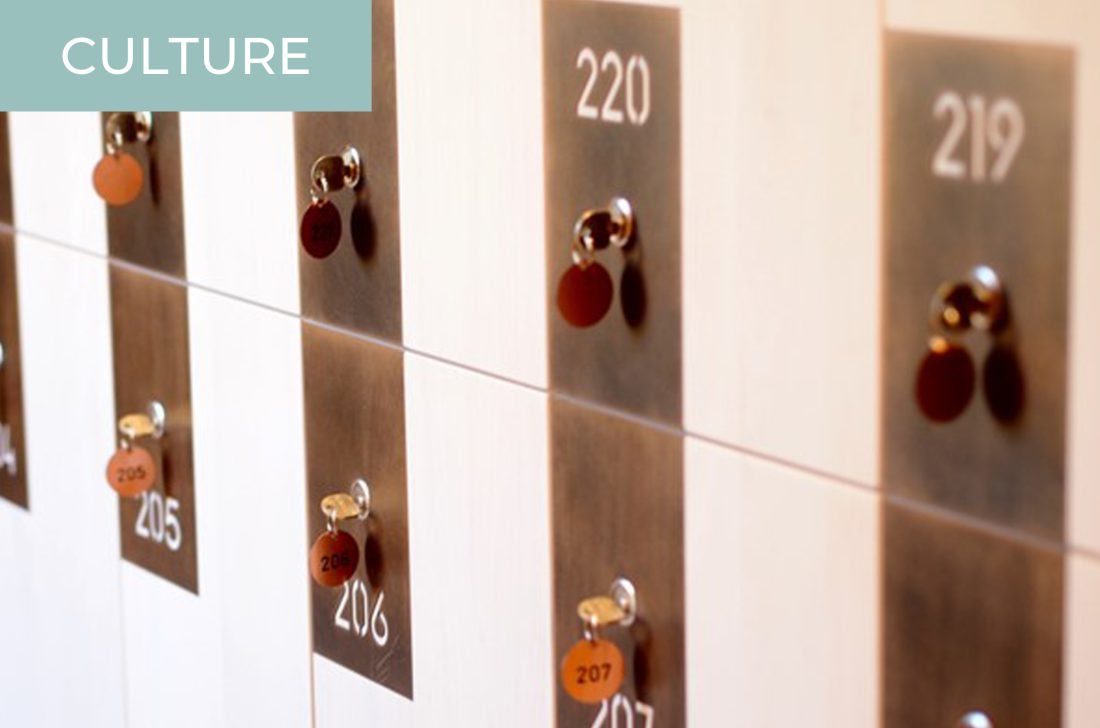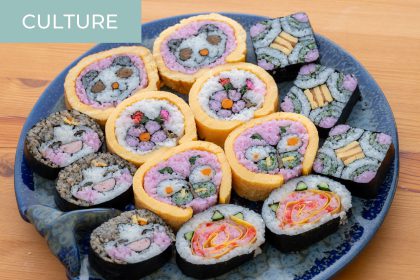Do you know how to count in Japanese? Along with keigo, counting in Japanese is often considered one of the most difficult aspects of the language to learn. Because of the historical influence of Chinese vocabulary, the Japanese language actually has different ways of counting in different contexts.
If you’re confused, that’s okay. I’m going to break down what this means and the most immediately practical ways for you to count.

Basic Counting in Japanese: 1 to 99

Most learners of Japanese will learn basic counting first–simply counting from one to 100, or some other number. This is the counting you will use if you count on your fingers, for example, or give answers to mathematical equations. You can also use these numbers before currency (just add en for “yen” after the number, for example).
Luckily, this system of counting is quite easy in Japanese. Here is how to do it below:
| Number | Kanji | Pronunciation |
| 1 | 一 | Ichi |
| 2 | 二 | Ni |
| 3 | 三 | San |
| 4 | 四 | Yon, shi, yo |
| 5 | 五 | Go |
| 6 | 六 | Roku |
| 7 | 七 | Nana, shichi |
| 8 | 八 | Hachi |
| 9 | 九 | Kyu, ku |
| 10 | 十 | Ju |
You will notice that for four, seven, and nine, you have multiple options for a number. For basic counting, you can choose any. I have given them in order of most commonly used (for example, yon is said more frequently than yo for basic counting), although people will have their preferences. However, all of them will be important when we start using counters, so it is worth memorizing all of them eventually.
The best news is that counting 11-19 in Japanese is much easier than in English. You do basic arithmetic: 10 + X.
| Number | Kanji | Pronunciation |
| 11 | 一 | Ju ichi |
| 12 | 二 | Ju ni |
| 13 | 三 | Ju san |
| 14 | 四 | Ju yon, ju shi, ju yo |
| 15 | 五 | Ju go |
| 16 | 六 | Ju roku |
| 17 | 七 | Ju nana, ju shichi |
| 18 | 八 | Ju hachi |
| 19 | 九 | Ju kyu, ju ku |
Therefore, 11 is essentially “10 + 1.” 12 is “10 + 2” and so on.
Counting by 10s is also incredibly easy. Here, you do basic multiplication: X x 10.
| Number | Kanji | Pronunciation |
| 20 | 二十 | Ni ju |
| 30 | 三十 | San ju |
| 40 | 四十 | Yon ju |
| 50 | 五十 | Go ju |
| 60 | 六十 | Roku ju |
| 70 | 七十 | Nana ju |
| 80 | 八十 | Hachi ju |
| 90 | 九十 | Kyu ju |
Therefore, 20 is “2 x 10.” 30 is “3 x 10,” and so on. Note here that there is only one option for 40, 70, and 90.
Now, we can combine all of this to count until 99. For example, 21 is ni ju ichi, or very literally “twenty” and “one” (2 x 10 + 1). 33 is san ju san, or “thirty” and “three” (3 x 10 + 3). 97 is kyu ju nana or kyu ju shichi, or “ninety” and “seven” (9 x 10 + 7).
Basic Counting in Japanese: 100 to 99,999

Counting in the hundreds follows similar multiplication rules:
| Number | Kanji | Pronunciation |
| 100 | 百 | Hyaku |
| 200 | 二百 | Ni hyaku |
| 300 | 三百 | San byaku |
| 400 | 四百 | Yon hyaku |
| 500 | 五百 | Go hyaku |
| 600 | 六百 | Roppyaku |
| 700 | 七百 | Nana hyaku |
| 800 | 八百 | Happyaku |
| 900 | 九百 | Kyu hyaku |
Notice that, similar to counting by 10s, the numbers with four, seven, and nine are fixed. Also, notice the sound changes in 300, 600, and 800. This happens to make it easier to pronounce these words with proper Japanese pronunciation. (Hachi hyaku would be quite the tongue twister!)
Counting in the thousands is also a similar pattern:
| Number | Kanji | Pronunciation |
| 1,000 | 千 | Sen |
| 2,000 | 二千 | Ni sen |
| 3,000 | 三千 | San zen |
| 4,000 | 四千 | Yon sen |
| 5,000 | 五千 | Go sen |
| 6,000 | 六千 | Roku sen |
| 7,000 | 七千 | Nana sen |
| 8,000 | 八千 | Hassen |
| 9,000 | 九千 | Kyu sen |
Notice the sound changes with 3,000 and 8,000.
Finally, let’s review the 10,000s. In Japanese, this is a completely separate number, like “hundred” and “thousand” are in English.
| Number | Kanji | Pronunciation |
| 10,000 | 万 | Man |
| 20,000 | 二万 | Ni man |
| 30,000 | 三万 | San man |
| 40,000 | 四万 | Yon man |
| 50,000 | 五万 | Go man |
| 60,000 | 六万 | Roku man |
| 70,000 | 七万 | Nana man |
| 80,000 | 八万 | Hachi man |
| 90,000 | 九万 | Kyu man |
While you need to memorize another unit (man), the good thing is that there are no sound changes! At first, it might seem superfluous to learn numbers this high as a beginner. However, man is a very useful unit when dealing with money in Japanese, since a hotel could be several sen or a few man yen, for example.
Finally, we can combine all of this together as we did in the previous section. As an example, to say 23,465, you would say “20,000 3,000 400 60 5”: ni man san zen yon hyaku roku ju go.

Counters in Japanese: How to Count “Things”

When you are counting beings or things, Japanese uses “counters.” These are specific words added to the number to qualify what you are counting, such as one “piece” of paper or two “slices” of pie. While only some words in English need a counter (you can say “one chair” directly without a counter), all Japanese nouns require a counter.
There are many different types of counters, such as 本 (hon for long, slender objects like bottles or pencils), 枚 (mai for thin, flat objects like paper), 人 (nin for people), and 匹 (hiki for some animals). It takes a lot of time and practice to memorize them all.
In the meantime, you can learn this hack: the general counter. Unlike basic counting above which used the Chinese-influenced numbers, the general counter uses the indigenous Japanese counting system, so it sounds a lot different:
| Number | Kanji | Pronunciation |
| 1 | 一つ | Hitotu |
| 2 | 二つ | Futatsu |
| 3 | 三つ | Mittsu |
| 4 | 四つ | Yottsu |
| 5 | 五つ | Itsutsu |
| 6 | 六つ | Muttsu |
| 7 | 七つ | Nanatu |
| 8 | 八つ | Yattsu |
| 9 | 九つ | Kokonotsu |
| 10 | 十 | To |
When you don’t know the right counter (or how to count yet in the right counter), you can use the general counter. For anything over 10, just use the numbers in basic counting above. It won’t always be grammatically correct, but it will be understandable. Remember: with language learning, communication is key.
Want to learn more ways to count? We look forward to publishing more about counters, so stay tuned!




